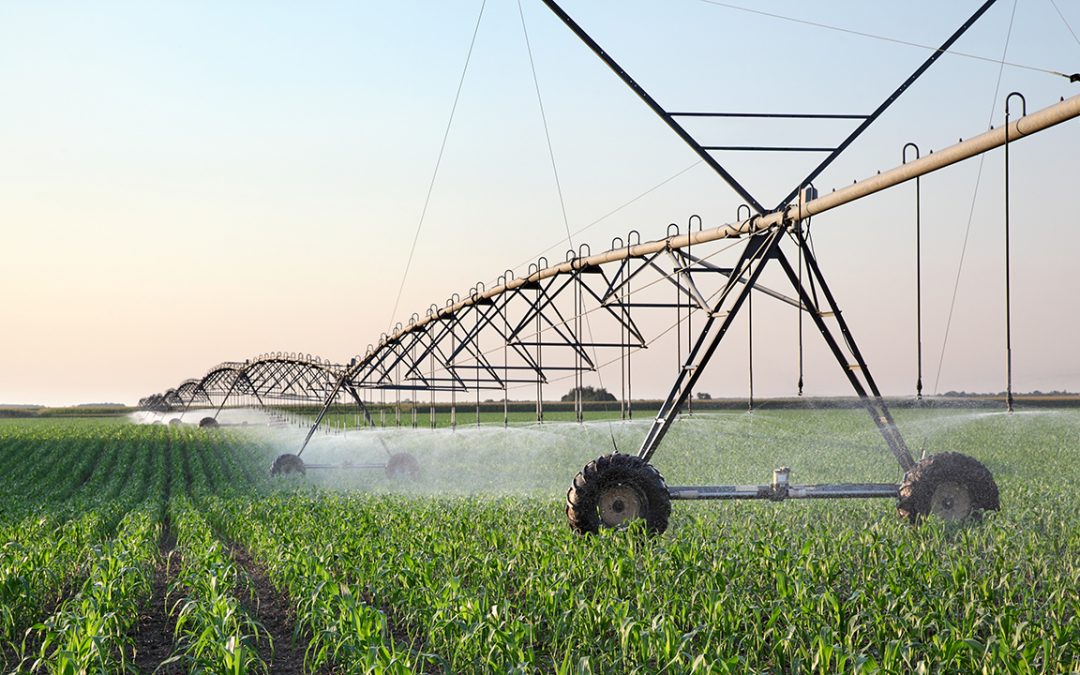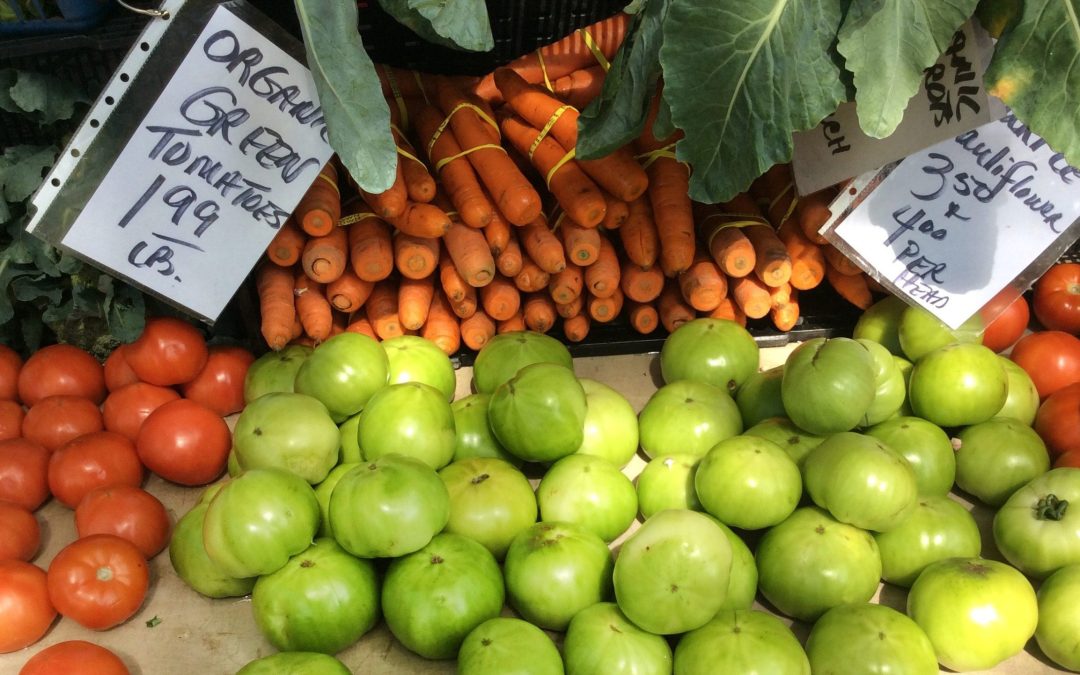Duke Lab
Welcome to Dr. Josh Duke’s laboratory, former Head & Professor of Auburn’s Department of Agricultural Economics and Rural Sociology.
News & Lab Research

Predicting investment returns for crop irrigation
New model to help farmers make better investment decisions By Danielle Lunny Alabama farmers considering investing in irrigation equipment will soon have a free, comprehensive online tool to help them decide. A new prediction model will combine weather and economic...

Organic Opportunity: consumer trends in Alabama organic produce
A recent study conducted by agricultural economists through the Alabama Agricultural Experiment Station examined consumers’ willingness to pay a premium for organic produce. In recent years, interest in organic produce has grown significantly; however, many...

Three students receive presidential awards
Three students in the College of Agriculture recently received distinguished honors from the Auburn University President’s Office. Savannah Busby received the Presidential Graduate Opportunity Fellowship, a highly competitive opportunity awarded to only a few incoming...
Lab Activities
From September to December 2019, Dr. Duke hosted four visiting scholars of Agricultural Economics from Huazhong Agricultural University, China. During their stay, Dr.Duke helped them to enroll in classes like Environmental and Natural Resource Economics, Production Economics and Agribusiness Finance from AgEcon Department and Microeconometrics from Econ Department.
Meanwhile, with the help of Dr. Liu, Dr. Duke provided a variety of research training to these visiting scholars including
- Weekly lab meetings to read and discuss journal papers which were selected according to their research interests;
- Tips on writing a journal article and identifying a targeting journal;
- Inviting them to partly participate in ongoing projects. To practice their presentation skills and oral English, the lab also offered them to present their own research in China and Dr.Duke provided suggestions and comments to each of them.
(Person in the picture from left to right: Xutao Qu, Chenchen Tang, Dr. Duke, Dr. Liu, Huan Mao, and Liwen Yuan)
Recent Awards
- USDA National Award for Excellence
- 2018 Excellence in Teaching Award, University of Delaware
- 2017 Excellence in Teaching and Advising Award, College of Agriculture and Natural Resources, University of Delaware
- David C. Lincoln Fellowship 2017-2018
Recent Selected Professional Activities
- Water Resources Research – Associate Editor (2013-2017)
- Northeastern Agricultural and Resource Economics Association – President (elected 2012)
- Water Science and Policy, Program Committee
- Advisory Panel on Nutrient Trading, Chesapeake Bay Commission
- Northeastern Agricultural and Resource Economics Association – Distinguished Member
- Land Economics – Editorial Board (2007-)
Impact Measures
Citation metrics from Thomson-Reuters
1,059 citations on 50 Web of Science articles as of 8/6/21, with 14 h-index and 7.4% self-cites. 2,639 citations from Google Scholar.
When compared to the other 197 PhD graduates in 1998 from all 37 Applied Economics PhD programs in the U.S. and Canada, the names of whom were published in AJAE, these citations rank 7th of 197 (top 3.5%) on Thomson-Reuters (analysis conducted November 2015).

